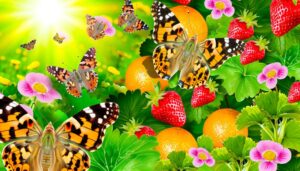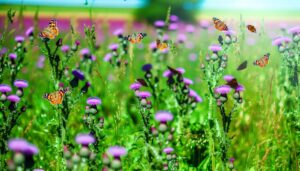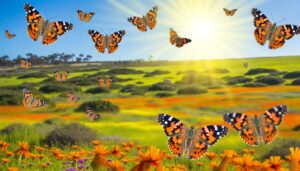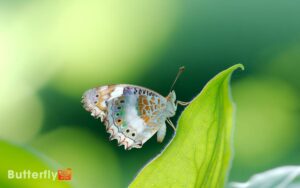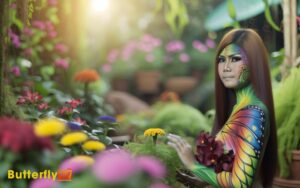Painted Lady Butterfly Activities Second Grade: Discover!
Engaging second graders with Painted Lady Butterfly activities transforms learning into an exciting adventure! Students can observe tiny eggs, watch caterpillars munch on leaves, and track their transformation into stunning butterflies.
Setting up a butterfly habitat with a mesh cage, leaves, and twigs creates a perfect space for this journey. Simple science experiments, like testing which flowers attract butterflies, ignite curiosity.
Butterfly-themed art projects and creative storytelling further enhance understanding and excitement. These activities not only teach science but also spark creativity and responsibility. You’ll discover more delightful details and ideas ahead!
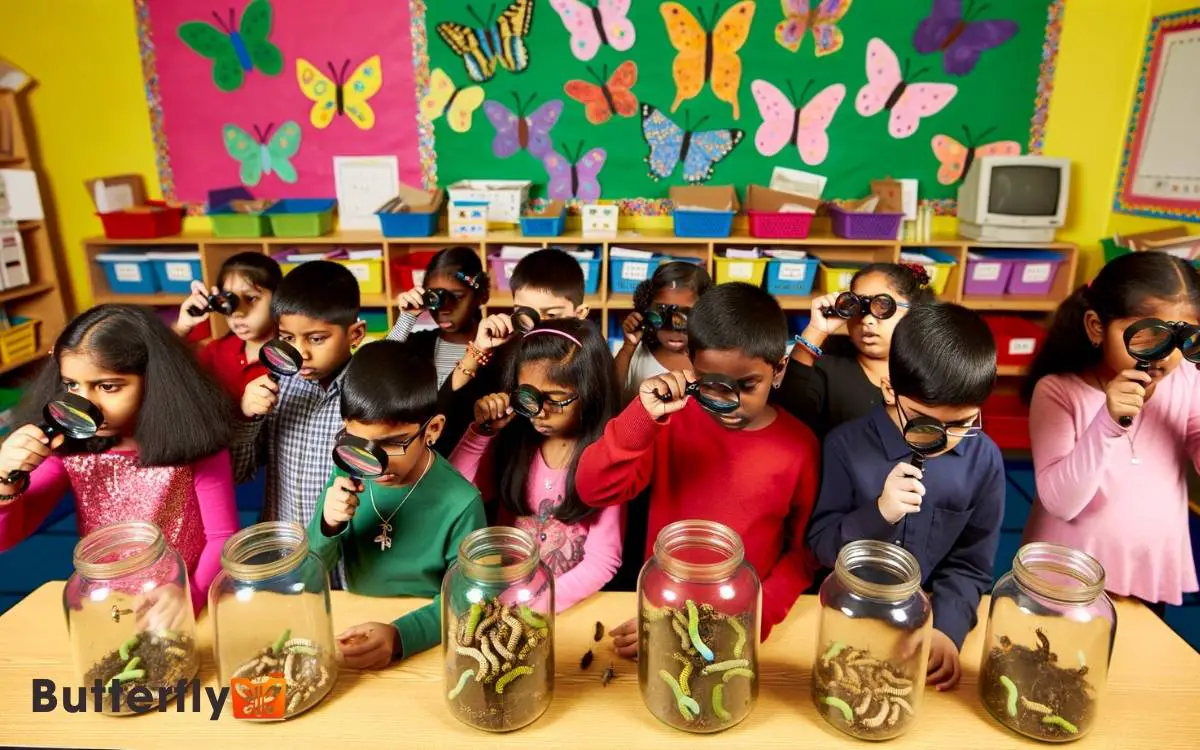
Key Takeaways
Observing the Life Cycle
To truly appreciate the Painted Lady butterfly, one should begin by observing its fascinating life cycle. This journey starts with tiny eggs laid on leaves. Soon, caterpillars emerge, munching away to grow bigger.
Watching them transform into chrysalides is an exciting moment. Within this protective casing, they undergo an incredible metamorphosis. After about ten days, they emerge as beautiful butterflies, ready to spread their colorful wings.
Encouraging children to document each stage helps them connect with nature and understand the magic of life cycles. They’ll discover patience and marvel at the changes unfolding before their eyes.
Setting Up a Butterfly Habitat
Creating a cozy and safe butterfly habitat allows children to support the Painted Lady butterflies through their entire life cycle.
Start by finding a suitable container, like a mesh cage, that provides plenty of air and space for the butterflies to move.
Line the bottom with paper towels to make cleaning easy. Place fresh leaves and flowers inside for the butterflies to rest and feed on. Add twigs for the caterpillars to climb and form their chrysalises.
Make sure the habitat is kept at room temperature and out of direct sunlight. Keep a small dish of sugar water available for nourishment. By following these steps, children can create a welcoming environment for their butterfly friends to thrive.
Hands-On Science Experiments
Engaging kids in hands-on science experiments with Painted Lady butterflies sparks curiosity and deepens their understanding of the natural world.
Second graders can observe the butterfly lifecycle by watching caterpillars transform into butterflies. They can record daily changes, noting size, color, and behavior.
Another experiment involves testing what flowers attract butterflies the most. Students can place different types of flowers in the habitat and see which ones the butterflies prefer.
Additionally, they can learn about butterfly anatomy by examining butterfly wings under a magnifying glass.
These activities not only make learning fun but also foster a sense of responsibility and wonder. With each experiment, students gain a better appreciation for the delicate balance in nature.
Butterfly-Themed Art Projects
After exploring the science behind Painted Lady butterflies, students can channel their newfound knowledge into vibrant butterfly-themed art projects. They can create colorful butterfly collages using tissue paper, construction paper, and markers. These artworks can highlight Painted Lady butterfly traits such as their distinctive orange and black wing patterns and the unique eye spots that help deter predators. Students might also incorporate elements of the butterfly’s life cycle, illustrating its transformation from caterpillar to chrysalis to fully developed butterfly. By blending science with creativity, they can deepen their understanding of these fascinating insects while producing beautiful, nature-inspired art.
Another fun idea is painting butterfly wings on coffee filters, then spraying them with water to watch the colors blend beautifully.
Students can also craft butterfly masks using paper plates and decorate them with glitter, sequins, and feathers.
These activities not only foster creativity but also reinforce their understanding of butterfly anatomy and colors.
By combining science with art, second graders get to express their learning in imaginative ways, making their educational journey both fun and memorable.
Storytelling and Creative Writing
Students can immerse themselves in storytelling and creative writing by crafting imaginative tales about the adventures of Painted Lady butterflies.
This activity encourages creativity and helps students practice their writing skills. Teachers can guide them to think about where the butterflies might travel and what obstacles they might face.
Here are some ideas to get started:
- Character Creation: Develop unique butterfly characters with names and personalities.
- Setting Exploration: Describe the vibrant environments the butterflies visit.
- Problem-Solving: Write about challenges the butterflies encounter and how they overcome them.
- Illustration Integration: Include drawings to complement the storytelling.
These activities not only make writing fun but also help students connect with nature and use their imagination. Let their creativity take flight!
Conclusion
To wrap up, second graders will flutter with excitement as they observe the life cycle, set up a butterfly habitat, and delve into hands-on experiments.
Through butterfly-themed art projects and creative writing, their imaginations will soar.
These activities don’t just teach; they inspire.
By embracing the world of painted lady butterflies, students won’t just learn about nature—they’ll feel a connection that lasts a lifetime.
So, let’s spread our wings and watch their curiosity take flight!


